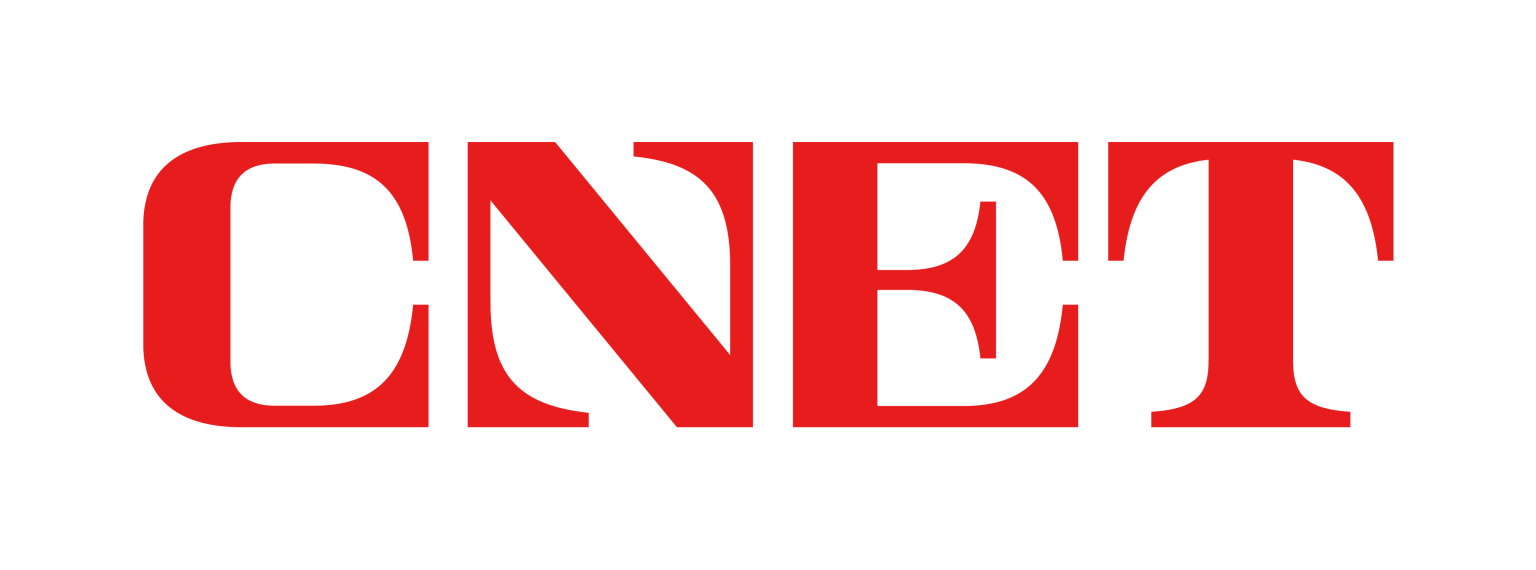In modern society, camera and LED lights have become essential tools for various industries, such as photography, videography, and cinematography. These technologies have revolutionized the way images and videos are captured, allowing for greater creativity and flexibility in the production process. Cameras, in particular, have evolved significantly over the years, from film-based models to digital ones that offer higher resolution and more advanced features. LED lights, on the other hand, have gained popularity for their energy efficiency, durability, and versatility in lighting setups.
The use of cameras and LED lights has become widespread in the photography industry, where professionals rely on these tools to create stunning images. High-quality cameras with advanced sensors and lenses allow photographers to capture every detail with precision, while LED lights provide consistent and adjustable lighting for different settings. In addition, the portability of these devices makes it easy for photographers to work in various environments, whether in a studio or on location. With the advent of digital editing software, photographers can further enhance their images and create unique visual effects.
In the field of videography, cameras and LED lights play a crucial role in producing high-quality videos for a wide range of purposes, from commercials and documentaries to films and music videos. Professional videographers often invest in cameras with 4K resolution or higher, as well as a variety of lenses and accessories to achieve the desired look. LED lights are commonly used to provide consistent and adjustable lighting on set, ensuring that the subjects are well-lit and the footage is of top quality. With the rise of online video platforms like YouTube and TikTok, the demand for video production services has increased, leading to greater opportunities for videographers to showcase their skills.
Cinematography is another industry that heavily relies on cameras and LED lights to create visually stunning movies and TV shows. Cinematographers work closely with directors and production teams to bring the script to life through the use of lighting, composition, and camera movement. High-end cameras with advanced features like slow motion and high dynamic range (HDR) allow cinematographers to capture breathtaking visuals, while LED lights provide versatile lighting options for different scenes. The collaboration between cinematographers and lighting technicians is crucial in achieving the desired look and mood for a film or TV show, whether it’s a romantic comedy or a suspenseful thriller.
Beyond the entertainment industry, cameras and LED lights are also used in various other fields, such as security surveillance, scientific research, and medical imaging. Security cameras equipped with high-resolution sensors and infrared LED lights are commonly used in public spaces, homes, and businesses to monitor activities and enhance safety. In scientific research, cameras with specialized lenses and filters are used to capture microscopic details and analyze complex phenomena. Medical imaging technologies, such as endoscopes and MRIs, rely on cameras and LED lights to produce diagnostic images for healthcare professionals.
In conclusion, the advancements in camera and LED light technologies have transformed the way images and videos are captured, allowing for greater creativity and flexibility in various industries. From photography and videography to cinematography and beyond, these tools have become indispensable for professionals looking to produce high-quality visual content. As these technologies continue to evolve, we can expect even more innovation and new possibilities in the fields of imaging and lighting. Whether it’s capturing a beautiful landscape, filming a compelling story, or monitoring a secure environment, cameras and LED lights will continue to play a vital role in shaping our visual experiences.


